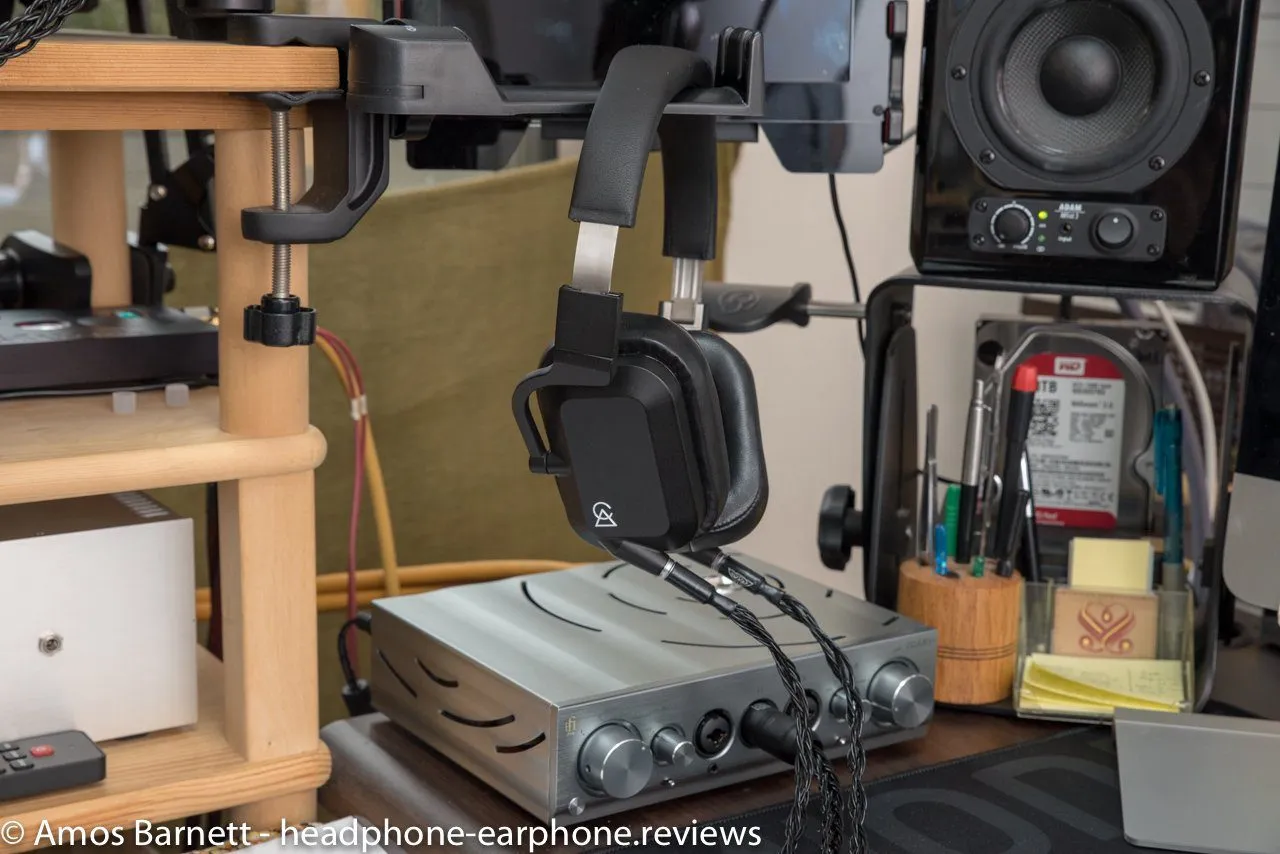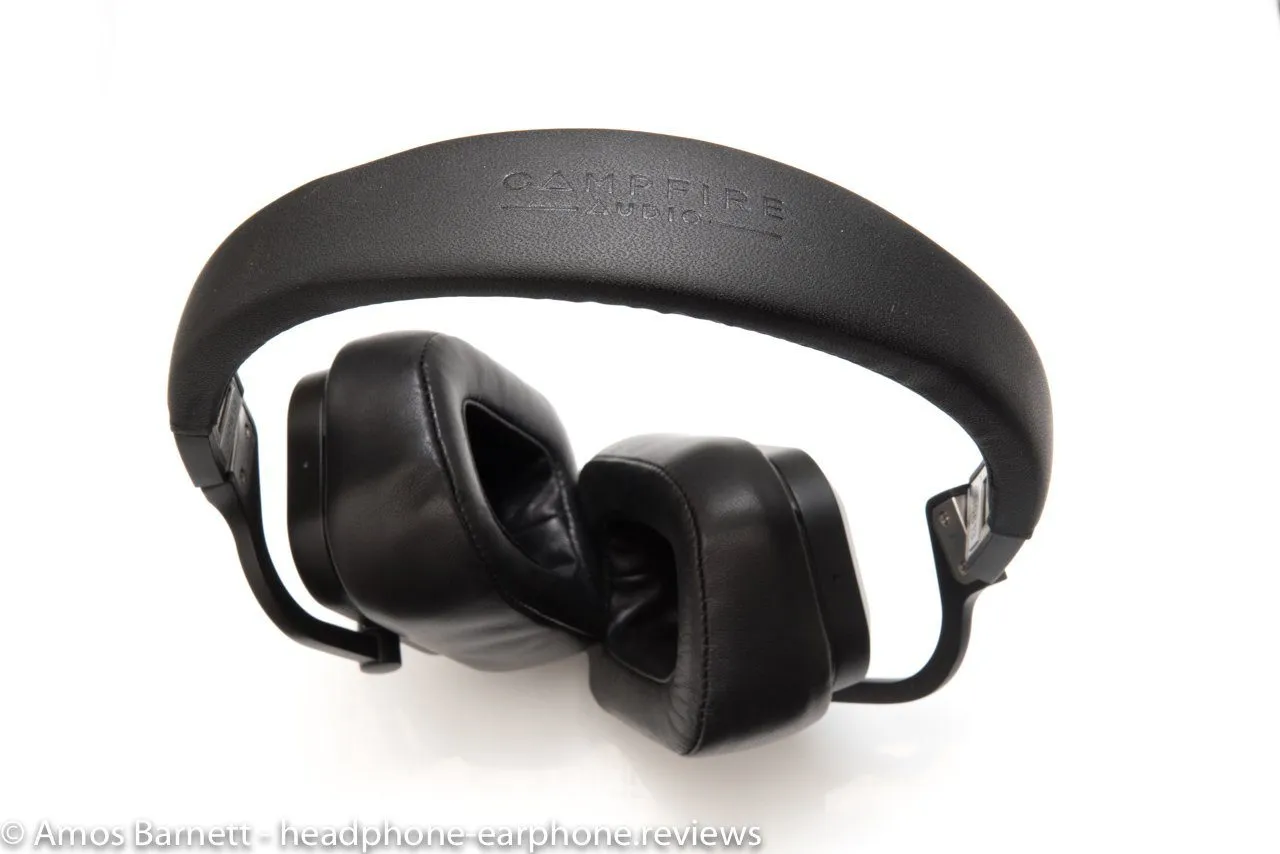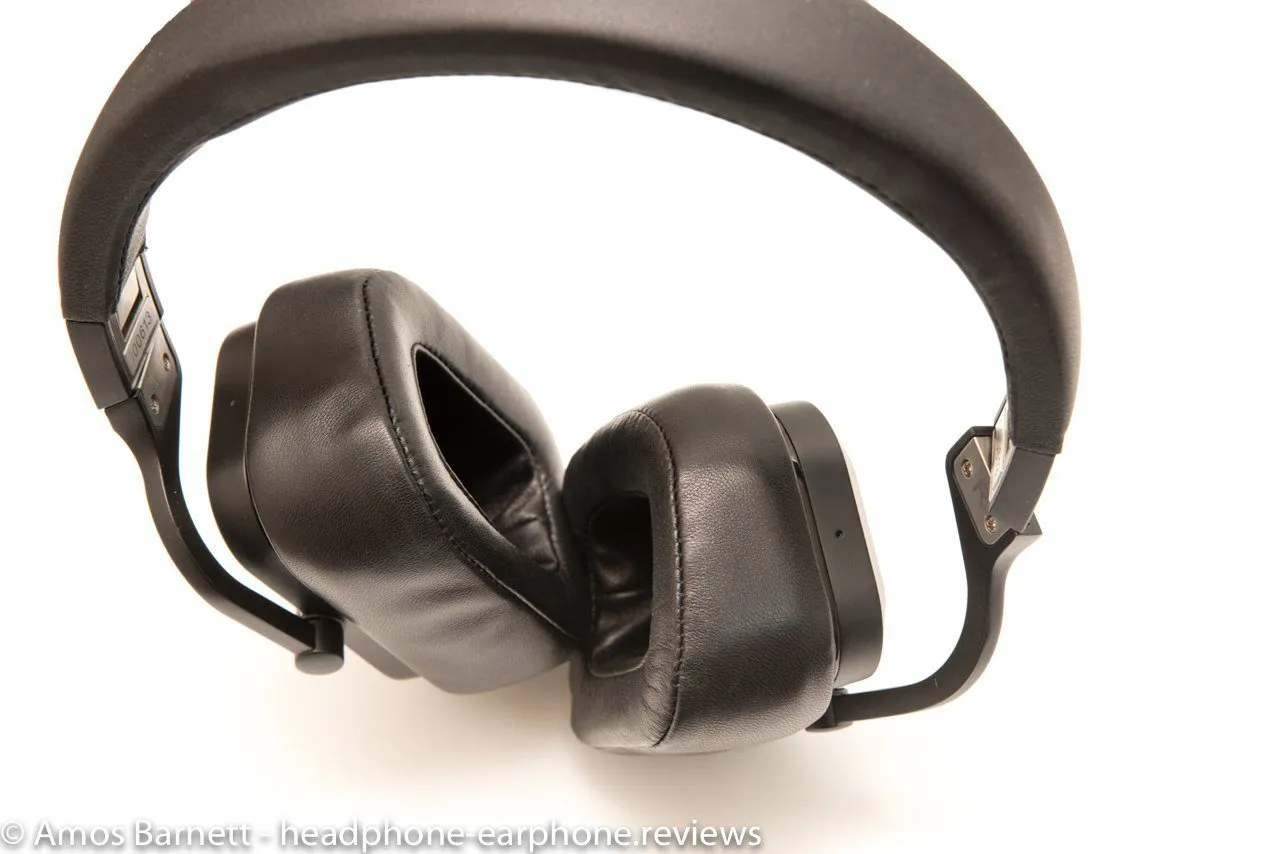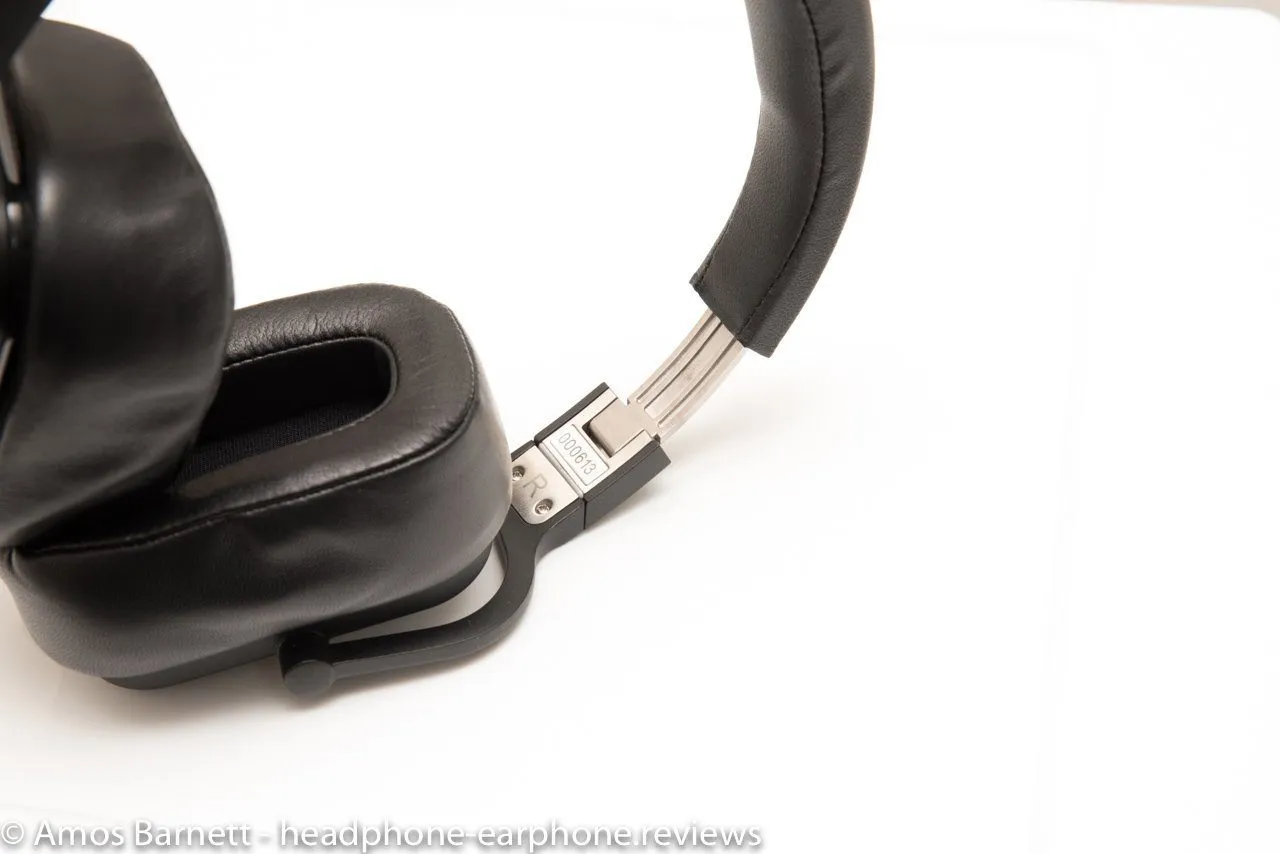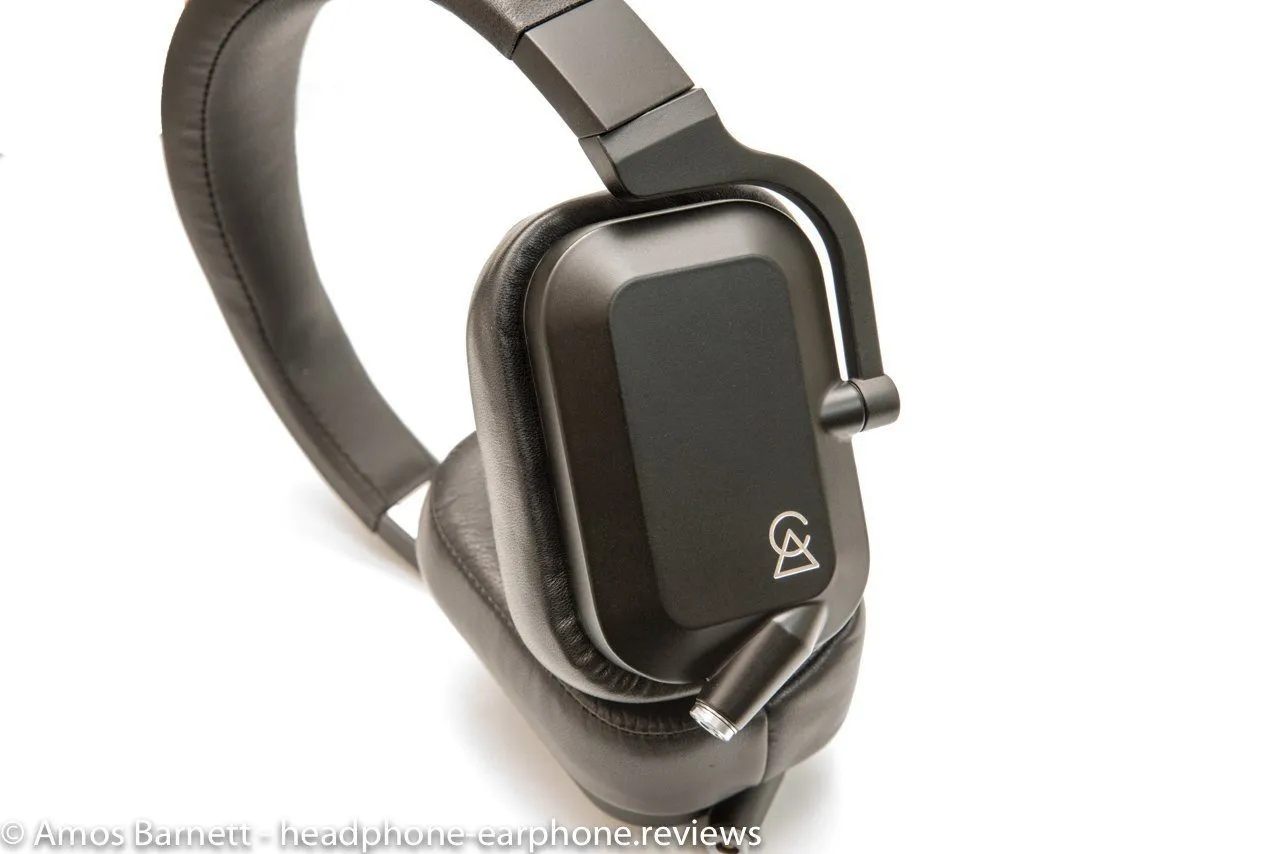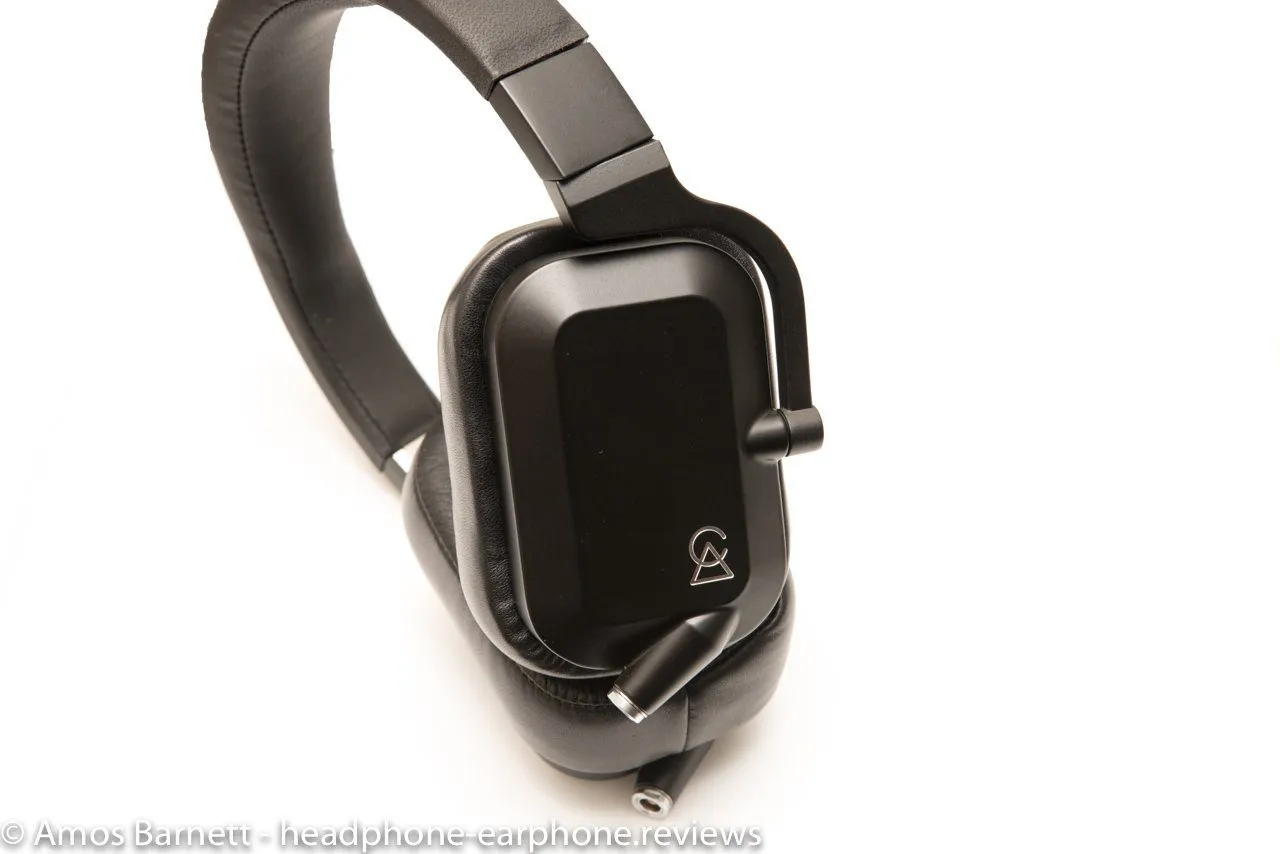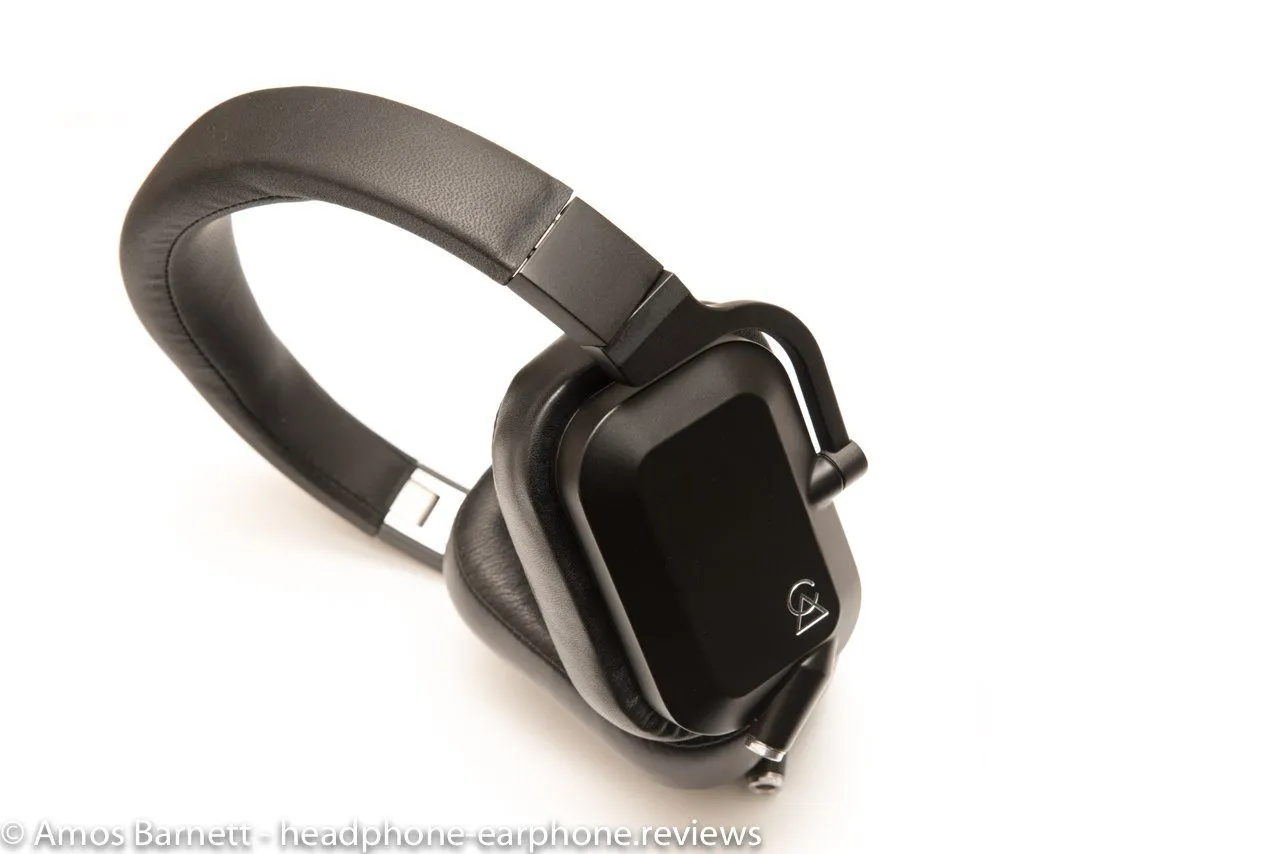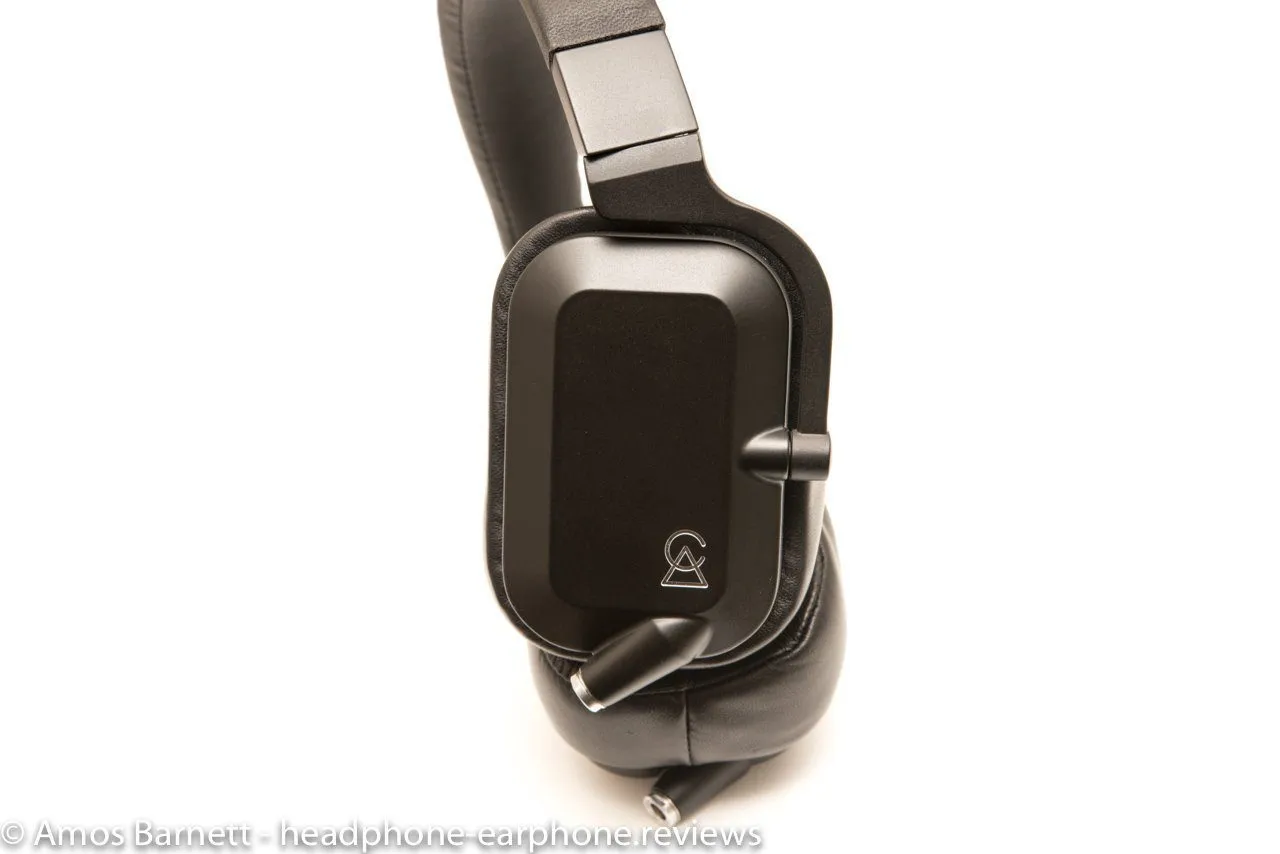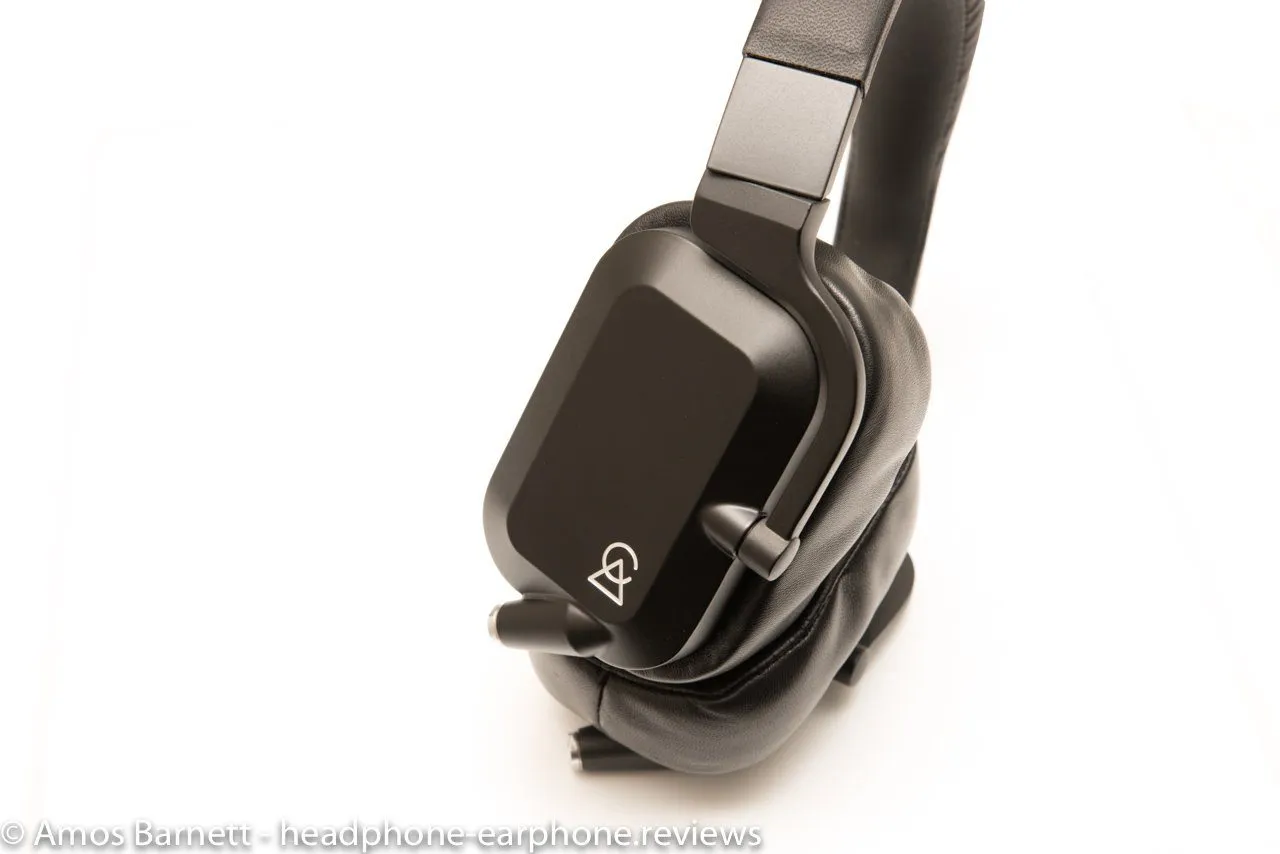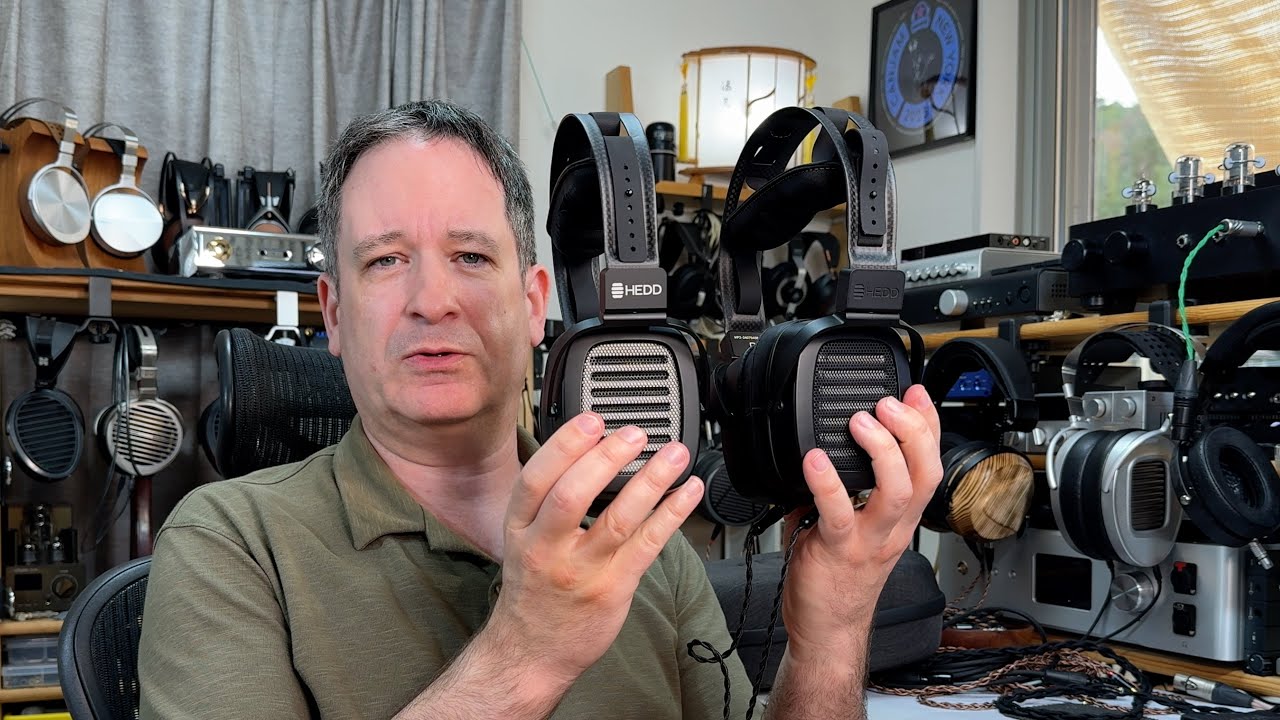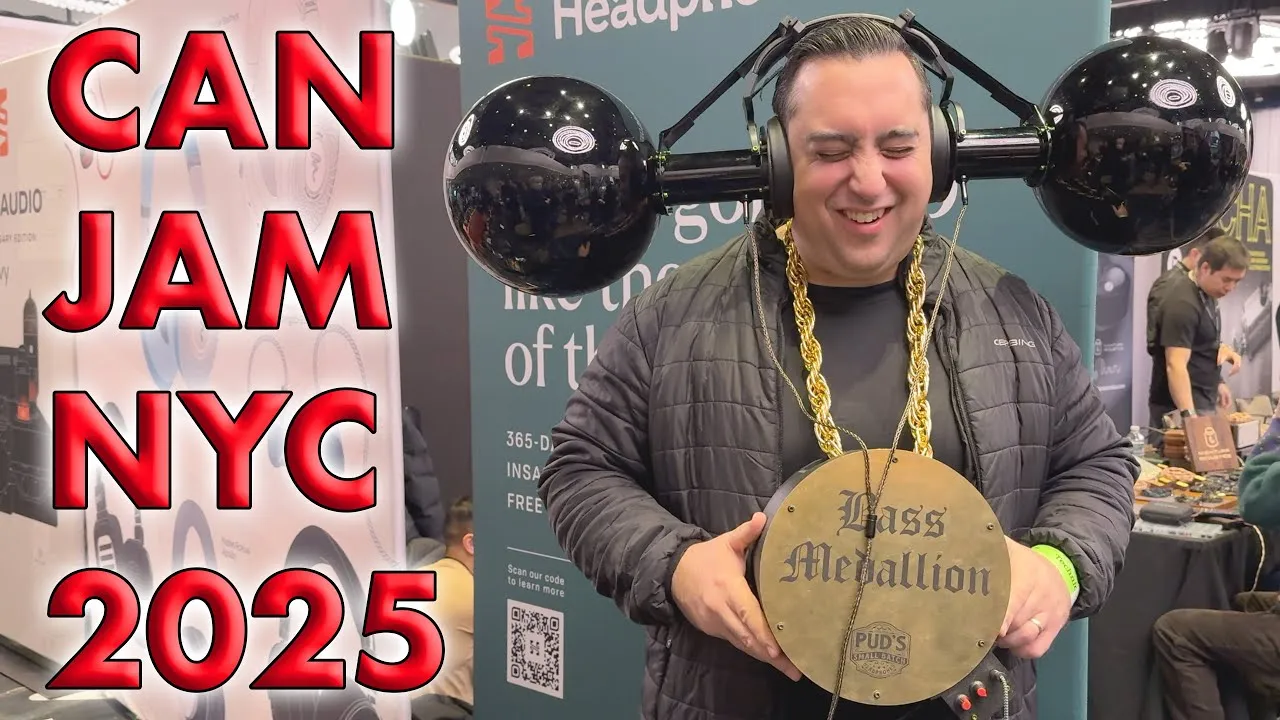Ken Ball has a long history with personal audio. Starting out by soldering his own headphone cables and modifying headphones well over a decade ago, then manufacturing amps and DACs, and now producing IEMs and headphones, his progression has been somewhat backwards from normal. Now with the Cascade going into production, he has come full-circle.
Featuring 42mm Beryllium PVD Diaphragm Dynamic Drivers inside an entire custom design which is designed to be portable, yet produce an “open” sound, they are entering the market at the $500-1000 segment. The $700-800 price point is significant to me as is double the $350 standard the original Beats set and the point now where headphone quality starts getting serious. For regular, non-audiophiles, the idea of spending over $1000 on a pair of headphones is crazy, yet one of the most common questions people ask who are considering the jump to serious headphones is whether they will be an improvement over their $200-350 headphones.
My impression from the manufacturers’ side is the aim of getting the quality of their 4-figure headphones down into something that can be viably manufactured and sold for under $1000 without serious compromises, yet is still better-sounding than sub-$500 headphones.
HiFiMan seemingly nailed this with the HE500, which started at $899 ($100 below the Audeze LCD-2 at the time) and then dropped to $699. That, along with their tuning and the more ready availability of higher-current-output amplification, made them a huge hit and showed there was a market for what I might describe as “entry level high-end”.
As well as HiFiMan, MrSpeakers has entered into that market with the Aeon Flow and Aeon Flow Open models, and prior to that Sony had with the MDR-Z7. Now Campfire Audio, the IEM-manufacturing offshoot of the more well-known ALO Audio has entered the fray.
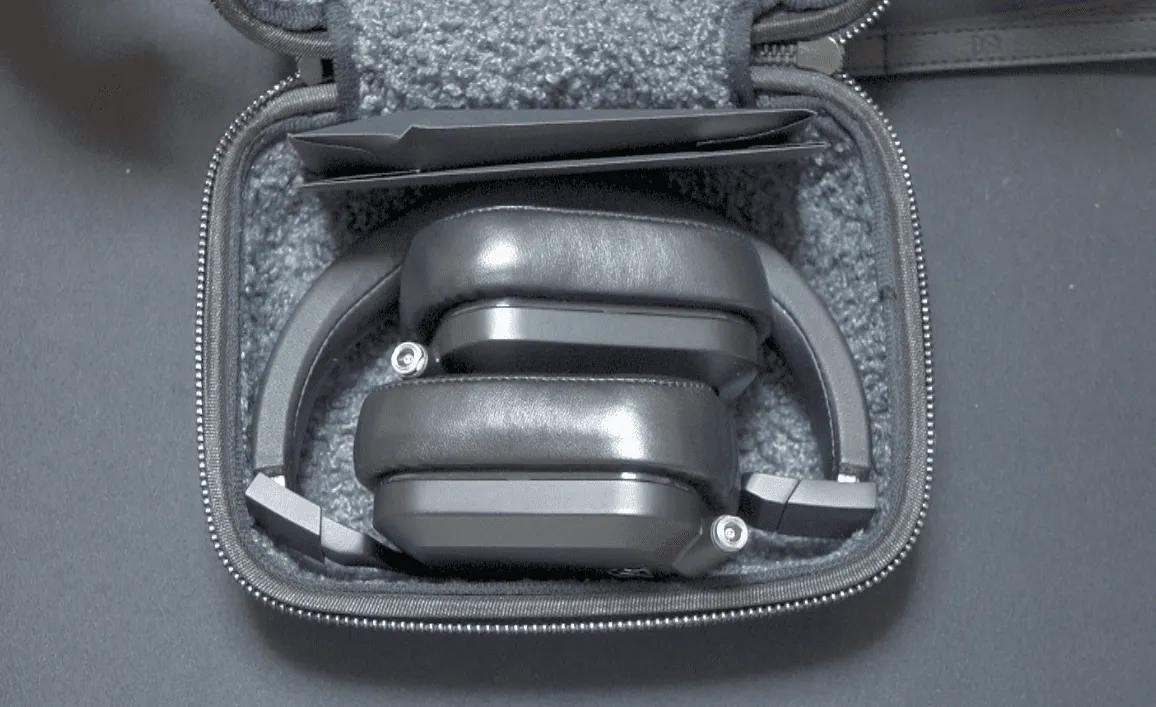
The first surprise upon receiving the Cascades were how small the box is. I’ve complained in the past about headphones coming in ridiculously-sized boxes that weighed more than the headphones themselves (Sennheiser, I’m looking at you) so I was happy to discover that inside the box is the faux-sheepskin-lined case with the headphones parts inside.
Surprise number 2 was how light and thin the cable is. I’ve said before that I think part of Ken’s success with his IEMs has been the good-quality cables they come with and this is no exception. The source termination is a 45-degree angled plug in the manner of V-MODA and the headphones use the HD800 connector. While an unexpected choice, Ken states that while the connectors are difficult to work with, they are very reliable.
For me, this was handy, as I have now amassed a collection of HD800 cables, including a Reference 20 that was part of my Studio Six purchase. Importantly though, it is part of idea that they should be used as a pair of portable, high-end headphones. This harks back to the days when ALO Audio was modifying Ultrasone headphones, including the Edition 9, which were often bought by people wanting high-end, closed-backed portable headphones.
While the Ultrasone Edition 9 is no longer made, essentially the same headphone can be purchased as one of the Ultrasone Signature series models, with, funnily enough the Signature DJ selling for the same price as the Cascades!

As headphones intended to be portable, aside from their ability to fold, their profile is somewhat smaller than, say, the Massdrop Focal Elex. The front-to-back size of the earpads, being the widest part, is exactly 3/4s that of the Elex (7.5cm vs. 10cm). Likewise the headband front-to-back thickness. Folded, you’ll need a space that is 17.5cm in diameter at their widest point and 14.5cm at its narrowest. The case, in comparison, is about 19x16cm and 9cm thick.
Manufacturing quality is excellent, really only behind Focal, whose headphones I’d describe as “flawless”, with precision machined parts. Really the only area I’d consider to be an issue is when it comes to comfort, but that again is a result of their portable design.
The magnetically-attached earpads are soft and deep and the headpad well-padded. However because it is thinner than usual, it tends to press a bit on the top of one’s head. The ear pads too, as they are smaller than usual, with only a 4x6cm opening (Focal’s are 5×7.5cm) will cause issues with people who have large ears.
For me, my first day of listening was a bit uncomfortable, but was fine afterwards. The rather firm clamping force is balanced out by the soft and wide contact area of the ear pads. The cable entry sockets point sufficiently far forward that even the rather long plugs on a Kimber cable weren’t an issue.
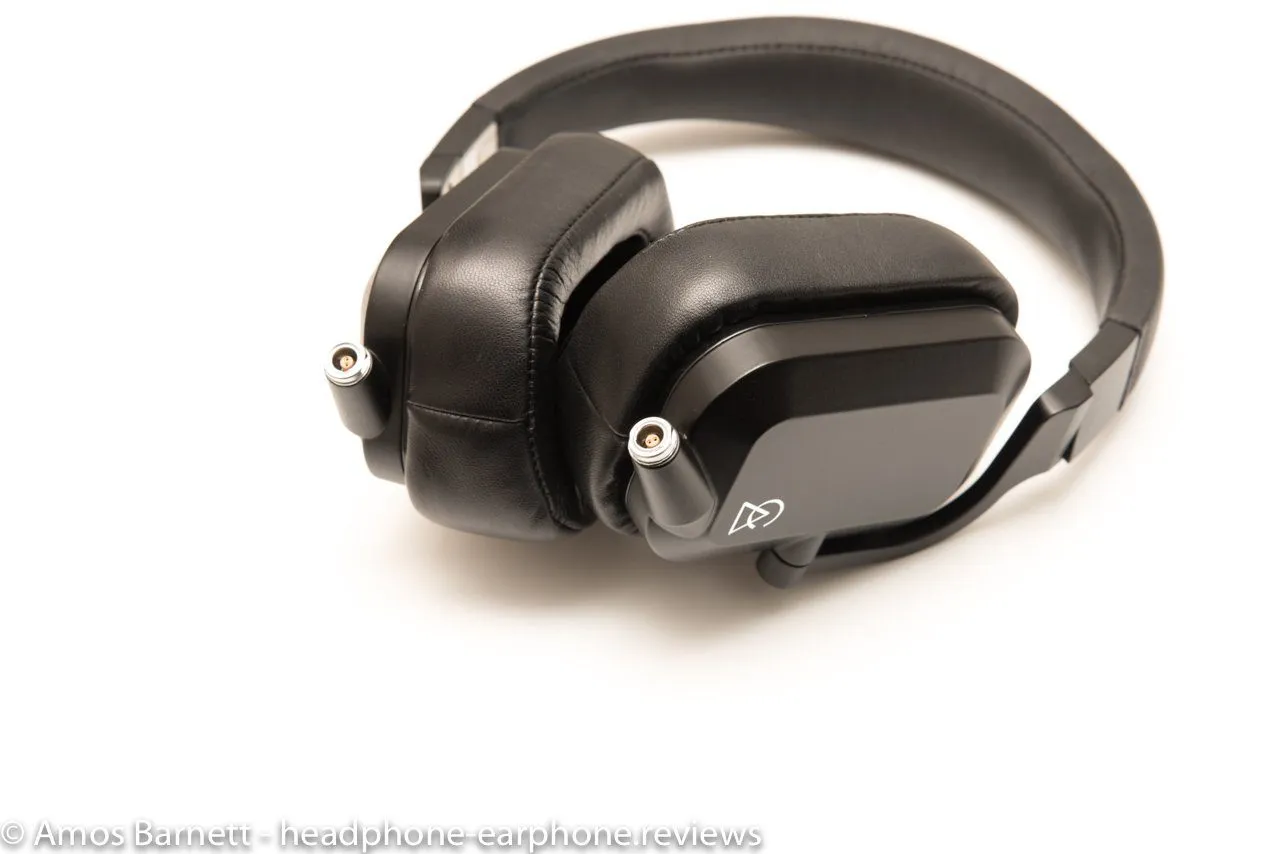
The Cascades were intended to have a similar sound signature like the Vegas, the Campfire Audio flagship dynamic driver IEMs. The Vegas have an unashamedly thunderous, but detailed bass and somewhat recessed mid-range, the treble being quite ear-tip dependant. At first Iisten I felt that the Cascades were somewhat over-the-top too at both ends of the spectrum, but after leaving them playing pink noise overnight for a few nights (they require “burn-in” according to Ken) they started to settle down.
To allow for a degree of personal tuning, 4 sets of filters are included which fit over ports under the ear pads. While removing the ear pads is easy, since they are only held in place by magnets, placing the filters, which have no means to adhere beyond a bit of material friction, is a bit fiddly.
However, once placed, the treble is tamed slightly and the mids have a chance to make their presence better felt. I usually find the treble of headphones such as MrSpeakers Ether Flow and Aeon Flow Open to be a bit too muted for my tastes, however I ended up settling on the 12µm pore filter, which brought out just the right amount of treble for me, bringing down to a level similar to those other headphones. Each progressively coarser filter lowers the treble a bit more, allowing one to take the edge off just as much as desired.
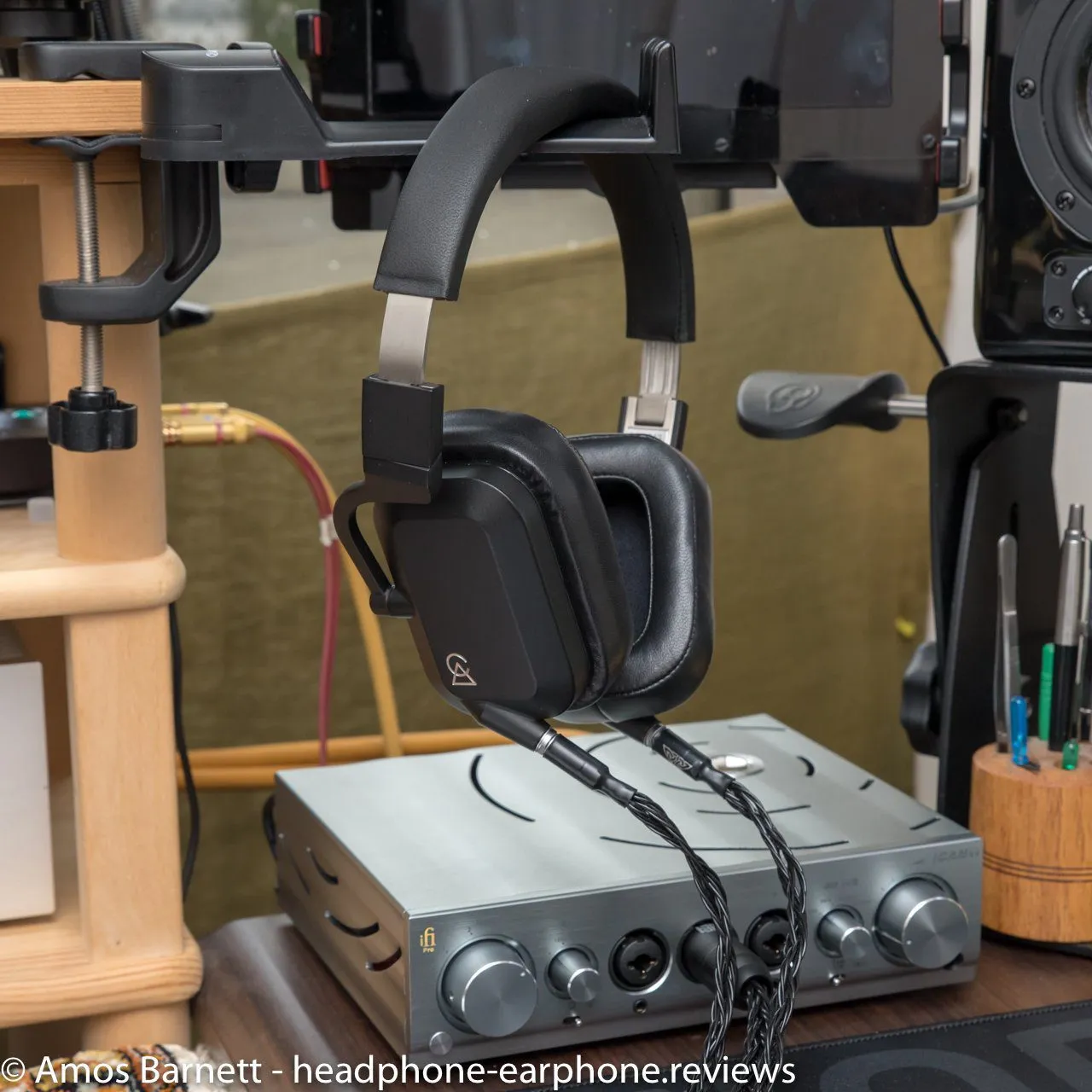
I ran the Cascades out of a wide variety of equipment, ranging from a $129 Bluewave Get up to an iFi Pro iCan, Soundaware P1, ALO Audio Studio Six and Hugo 2. What was readily apparent was just incredibly well the Cascades scale. While being readily easy to drive with a 100 dB@1V sensitivity and 38 Ohm impedance, I could easily make out, for example, how much wider and deeper the sound was out of the Studio Six versus the Pro iCan.
I was constantly amazed how excellent and distortion-free the mids and treble were when listening. To being with, the treble quality, at my moderate listening levels, is, in my opinion, faultless. Out of the Hugo 2, which I felt was the best match given the feeling of slightly greater upper-mid and lower treble strength from it versus other equipment (let the arguments about “neutral” begin) the Cascades excelled with music such as old jazz and pop that had been mastered with an insufficient amount of bass.
The mid-range delivered vocals and instruments in a way which, if not as forward as other headphones, was mostly excellent, despite being a bit overwhelmed by the bass. Sibilance in the vocals on tracks where it was prominent was also somewhat noticeable, despite the inserted filters. On tracks where instruments were most prominent I had almost no complaints, given how sensitive I am to them, especially piano. With guitars and violin there was a touch of sharpness, which was fine at moderate volumes but a little fatiguing at higher levels.
That had me feeling that the Cascades were best suited to higher-quality music and the faults in recordings were somewhat noticeable.
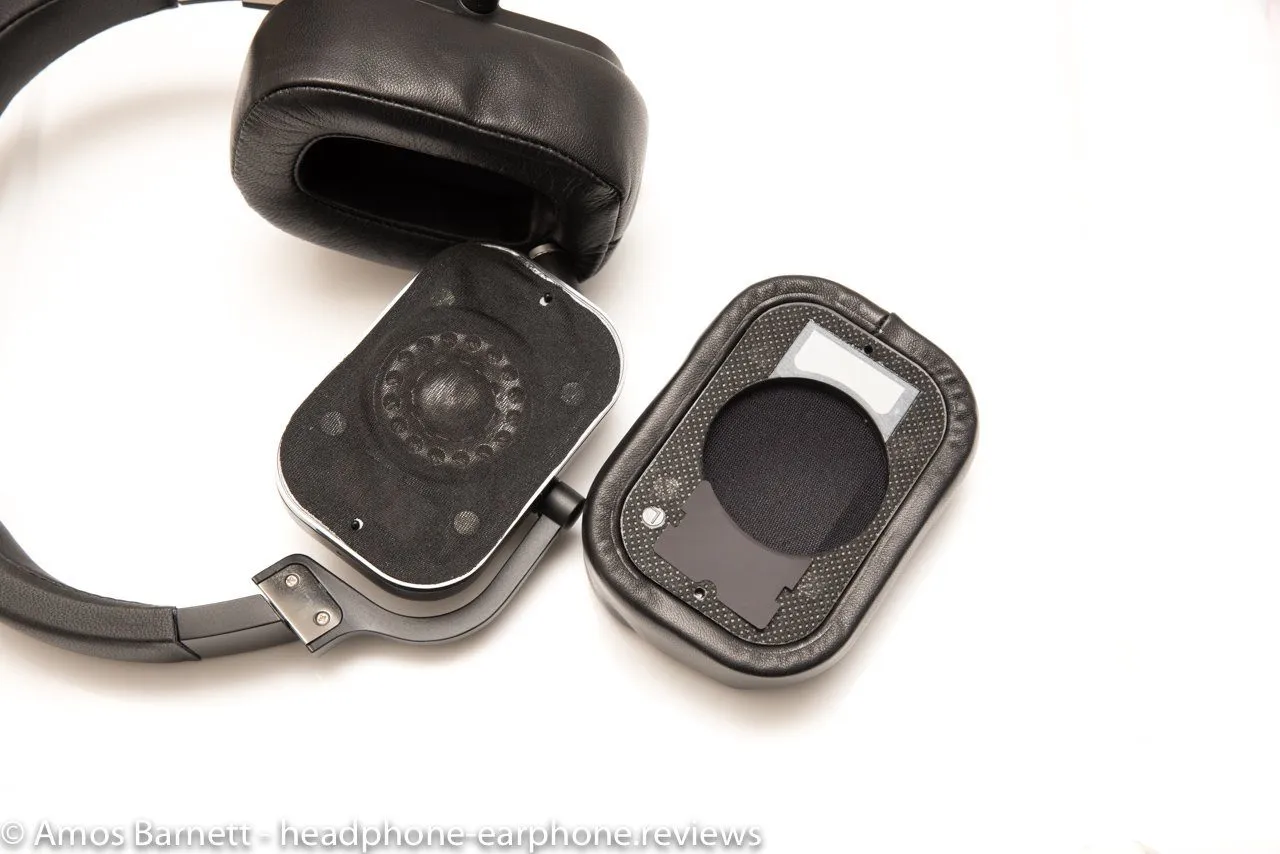
Whereas with the Utopias I found the Pro iCan’s bass boost just the ticket for older, less bass-strong music, the Cascades did the job for me without any tuning required. Granted, the Utopias can draw out more detail from a high-end system than the Cascades, but for a lot of music I like, such as with many older recordings, I could enjoy listening to a greater degree.
What is more, the perceived sense of width to the soundstage belies the Cascade’s closed-back design. While some of this is obviously the result of the mid-range being further back than usual, where the bass doesn’t intrude too much, it was only classical music where I wished for a more spacious sound.
With more modern music, which more often than not has a great deal of bass, the bass-strong presentation of the Cascades, despite the precision of delivery, could be a bit much. Using the above example, listening to classical, you want to feel the cellos and drums, and the stronger than neutral bass makes that happen. But with modern music it made the sound rather oddly overwhelming on some tracks and the soundstage cluttered, something that is more likely a consequences of the ear pads being smaller than those of full-sized headphones.
To begin with, the bass from the Cascades rolls off at its deepest levels (for which the 10 or 20 Hz bass boost from the Pro iCan was helpful). That leaves them with slightly less than the most ideal degree of rumble. Then with mid-bass strong music, I sometimes felt that the bass had run off and gone wild, not quite being in harmony with the rest of the sound.
Much like the Vegas did with IEMs, I’m glad that Ken chose to give his own take on how headphones should sound, instead of just attempting to be neutral. Sony seemed to do the same thing with the MDR-Z7, but didn’t quite succeed. If I would have one wish, it was that the bass would go down flat to 20 Hz, but without sacrificing the excellent mids and treble.
Headphone Comparisons
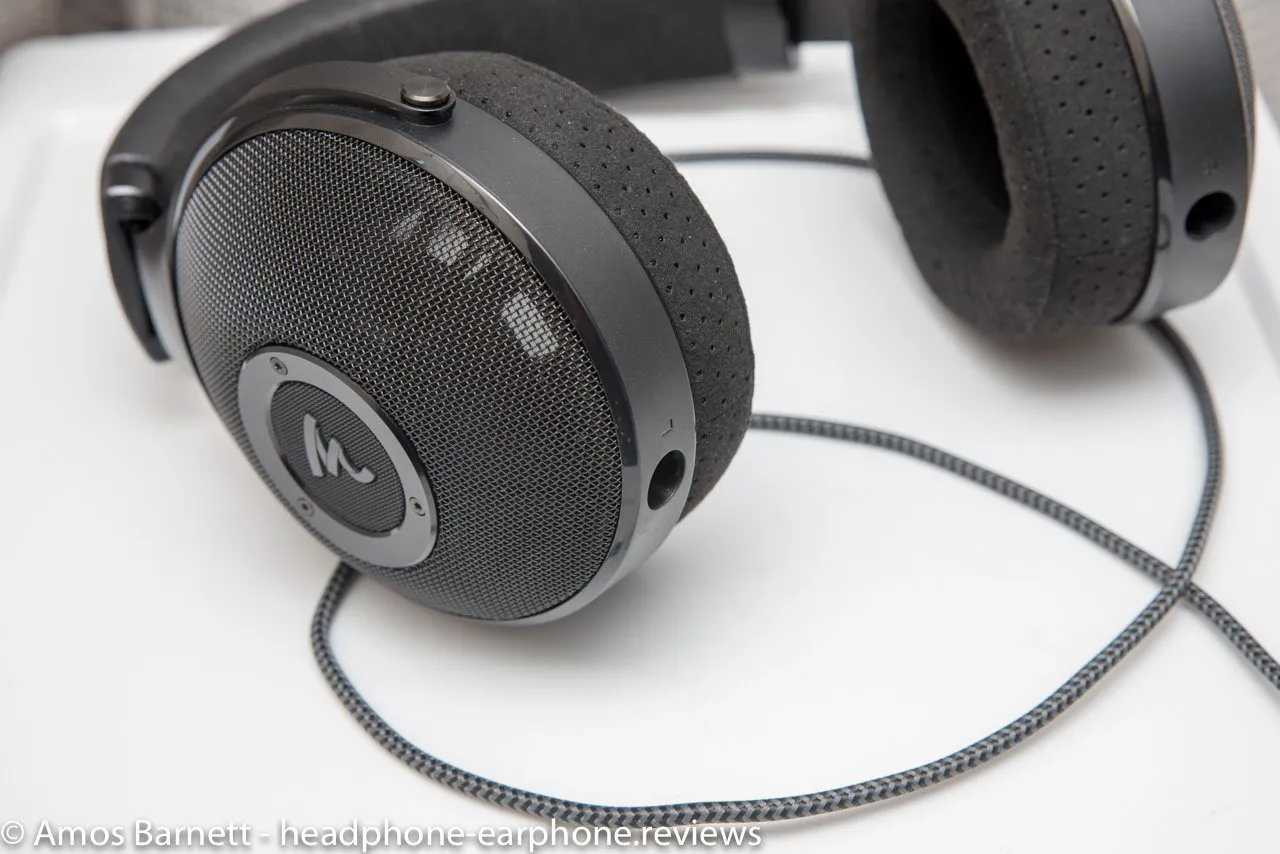
A very good example of the difference between these two headphones is Dead Can Dance’s Spiritchaser. On Song of the Stars, the track starts with the deep rumble of a didgeridoo and much of their music covers a wide range of instruments alongside amazing vocals. The Cascades brought out the rumble of the of those instruments, while the flatter-tuned Elex brought the vocals more front and centre.
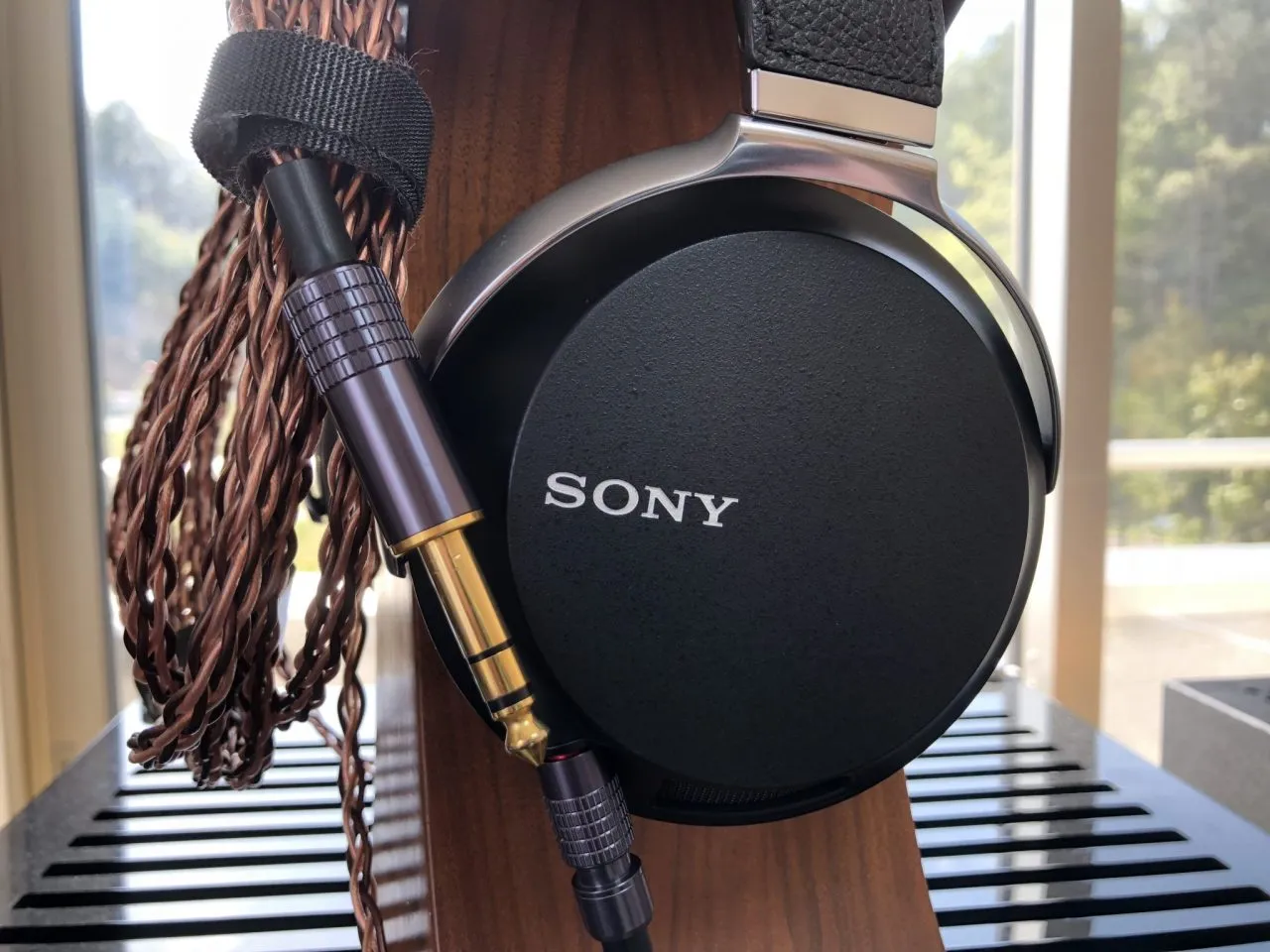
The Z7 has a closer tuning to the Cascade, with a strong bass. It also has the comfort advantage with a design that is light and easy to wear for long hours. However it lacks refinement in the mid-range and treble, with a bit of harshness coming in. This is easily fixed with the “tape mod” (see my video on Z7 mods) bringing them closer to the Cascades. However the Cascade seems to scale more with its incredibly listenable mids and treble. The Z7 seems to manage to keep more spaciousness to the music with slightly better imaging.
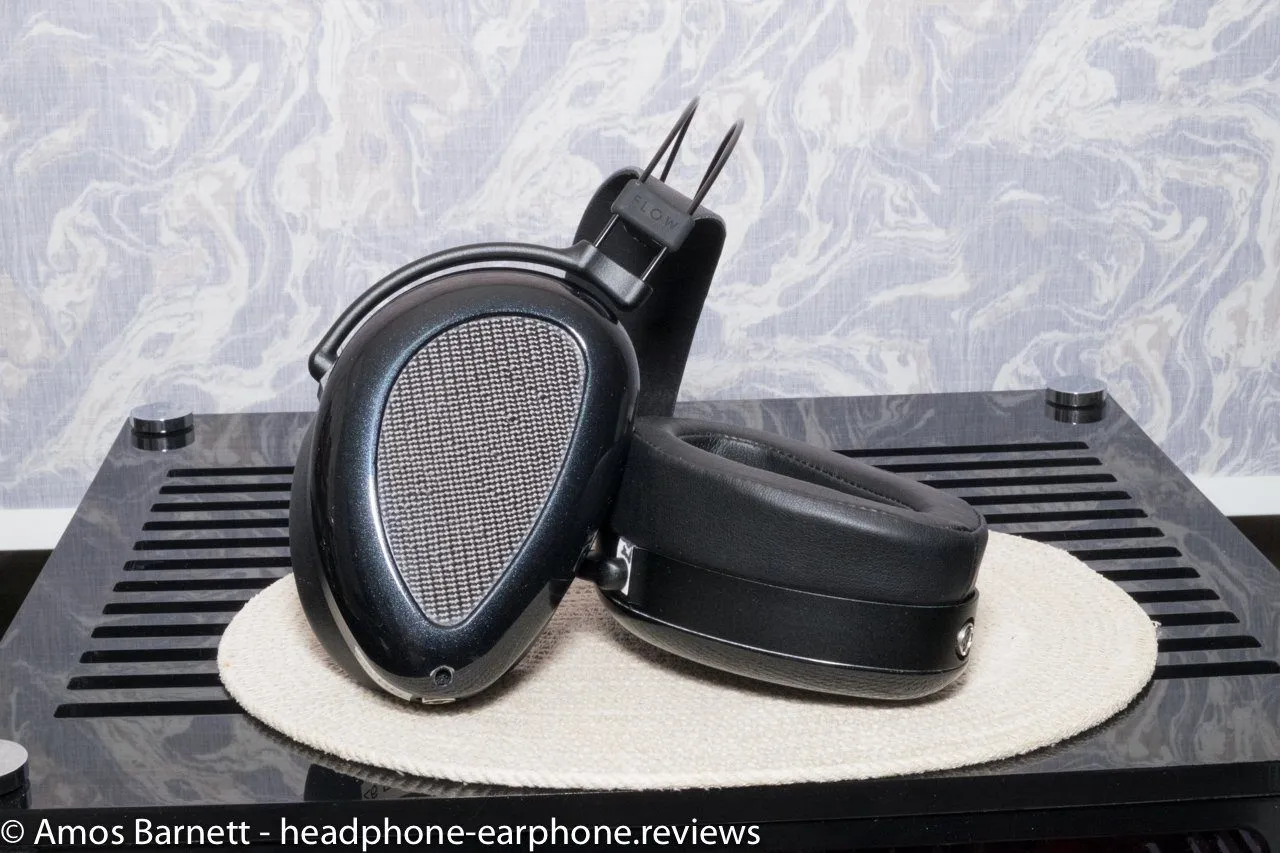
The funny thing about switching to these immediately after listening with the Cascades was that I immediately thought “Where is the bass?!?”. The Aeon Flow seems flat to a fault — monitor flat, so I had to go back and listen with them separately at the start of a listening session as it felt like all the fun had gone.
Selected music impressions.
Cascade with Norne cable, Massdrop Focal Elex with stock cable, Sony MDR-Z7 with Kimber cable and tape mod.
I decided to use a fairly recent evaluation playlist (#82) for the Cascades, plus some old jazz and pop as already mentioned as I wanted to experience more familiar tracks with the bass-strong tuning.
Oye Como Va – Santana
The presentation is very entertaining, but I wish the guitars were more forward, as it is part of what makes this track so great. Of course, this can be achieved by turning up the volume, but the soundstage closes in as a result.
Angel – Massive Attack
It’s not just the strong bass line that makes this haunting tune what it is, so even at a moderate listening level the headphones end up vibrating and the vocals and other instruments are a bit far back to be ideal. In the sections of music where things get busy, the soundstage becomes somewhat cluttered.
Hey Lion – Sofi Tukker
I thought that the bass of this dance track was going to be too much, but it worked better than expected. As it is entirely electronic with vocals, I was more interested in the entertainment aspect of the sound than anything else, and the Cascades very much delivered that.
When I Get My Hands on You – The New Basement Tapes
I partly listen to this for the low bass rumble and the slight roll-off down at 20 Hz is noticeable here, but doesn’t detract significantly. The track is presented with good spaciousness with vocals presented beautifully, if less forward than other headphones.
Old Man – Neil Young
It’s the great job with vocals and guitars that makes this track a pleasure. At the beginning of the track the pluck of each note is a pleasure. The chorus becomes a bit cluttered and a bit of harshness creeps in to the higher vocal notes. This is tamed somewhat with amps such as the iFi Pro iCan and Studio Six.
Arlington – The Wailin’ Jennys
The opening drums have a wonderful impact and the vocals are beautiful, if a somewhat pushed back by the bass.
The Elex, in comparison, brings the vocals right forward, but the drums sound more distant in return. That leaves more overall space and less clutter as the track becomes busy, but less impact.
The Z7 is darker-sounding, somewhat like the Cascade. The vocals are also pushed back a bit by the bass. They also have a bit of harshness in the mids and treble without mods.
Extrapolation (album) – John McLaughlin
This is one of those classic jazz fusion albums that is so very ’70s (though it was released in 1969) and is the perfect candidate for the Cascades. The guitar bounces off the walls while the drums and cymbals are delivered beautifully, the double-bass filling in the sound nicely.
Gear impressions
For fun I made up a portable rig with a HiFiMan Mega Mini and ALO Audio Continental V5 (CV5). The Mega Mini is a $99 minimalist player with a basic headphone drive — enough to stick in a shirt pocket to use while catching the train or similar. The Continental V5 is a very revealing portable amp, like a mini Studio Six. Out of the Mega Mini, which has only minimal power output, I could listen OK with the Cascades, but the bass was clearly not as in control as when I added the CV5 to power them. It was an enjoyable listening set-up though.
With larger amps and DACs, I switched to using custom HD800 cables from ALO Audio, Norne Audio and Kimber Cable. With those, the Cascades powered easily out of Chord’s Hugo 2. For some reason I felt that the Hugo 2 brought out a bit more in the upper mids and wasn’t quite as smooth as, say, Audio-gd’s Master 9 amplifier and R2R 7 DAC set-up. However using the Hugo 2 as a DAC to iFi’s Pro iCan, I could discern the better performance of the more effortless ALO Audio Studio Six. Given that the amp is from the same stable as the headphones, this might not be so much of a surprise.
Conclusion
Overall the Cascades are an excellent first entry onto the market. While I’m sure some things about the design might be improved in the future, what sticks with me is the outstanding clarity and musicality of the headphones. Their ability to scale with better sources, amps and cables could also make them an excellent choice for someone who wants a great pair of full-sized headphones.




